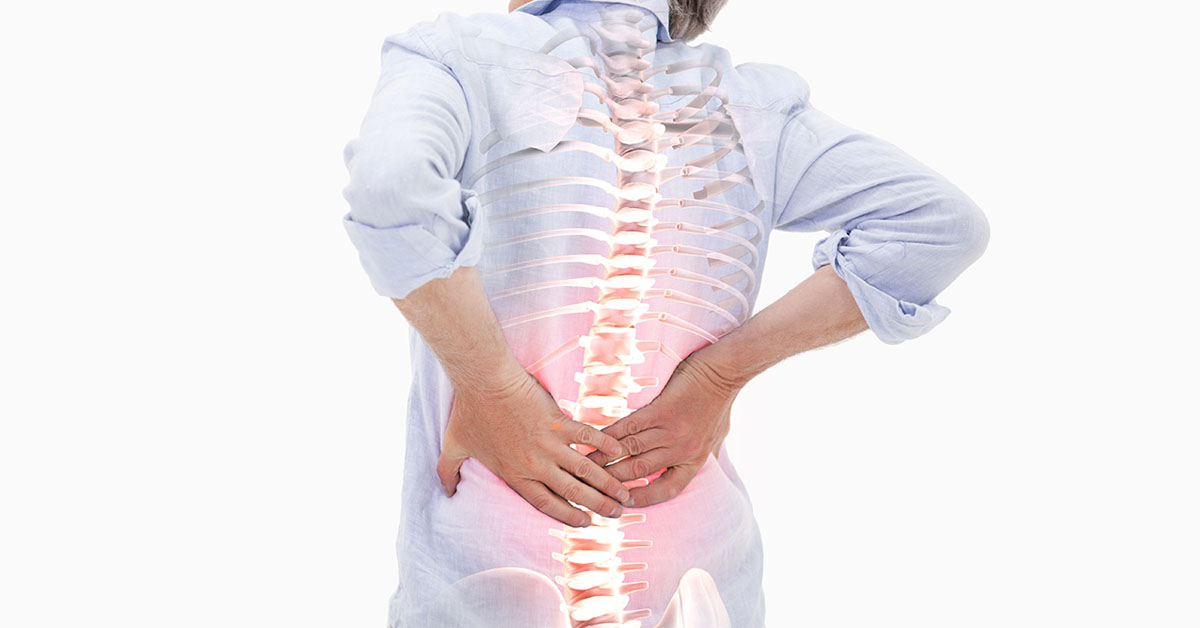How to cope with spondylosis

Do you have grinding and popping-feeling moving the spine and weakness in the hands or legs? It could indicate spondylosis which causes muscle spasms and pain; however, age-related spondylosis might not cause any symptoms. You should find a Shrewsbury spondylosis expert who will educate you on how to deal with the condition. First, you should learn the cause, symptoms, and complications that arise from spondylosis.
What Is Spondylosis?
Spondylosis is a progressive neck disorder that occurs due to aging, and more than 50% of older people develop the condition once they are over 65 years old. However, some forms of spondylosis affect the thoracic, lumbar, and other parts of the spine. Although the condition can cause signs such as stiffness, the symptoms vary among individuals. Spinal spondylosis results from wear and tear and can affect any joints in the spinal cord.
What Causes Spondylosis
Spondylosis affects the facet joints in the spinal cord, and these joints allow the spinal cord to attain flexibility. However, the overuse of the spinal joints can result in reduced joint cushioning due to wear and tear. Moreover, as a person ages, these discs become dry, thin, and hard, leading to compression and fracture of the cartilages. As the cartilages erode, the bones begin to rub against each other, resulting in bony growths that make the spine stiff. The back movement will become less smooth, and increased friction makes the condition worse.
Risk Factors
- Obesity
- Smoking
- Lack of exercise and sedentary lifestyle
- Having a job that requires repetitive movement
- Mental issues like anxiety and depression
- Psoriatic arthritis
Spondylosis Symptoms
People with age-related spondylosis might not have specific symptoms, but sudden movements might trigger symptoms. Spondylosis related to medical issues has symptoms such as arthritis, grinding or popping when moving the spine, weakness in the hands or legs, muscle pain and spasm, poor coordination, loss of bladder control, and loss of balance, and difficulty walking.
Complications That Might Arise From Spondylosis
You can develop complications due to spondylosis, and the symptoms depend on the cause of the issue. Complications include pain in the neck, back, and legs with numbness and weakness. Some patients can have cervical radiculopathy due to changes in the disc or bone, causing shooting pain and hypersensitivity. Moreover, when the spinal cord becomes compressed, it can result in issues in the hands, causing imbalance and difficulty walking in later stages, and bladder problems. Moreover, there might be a relationship between spondylosis and degenerative facets of scoliosis in adults. Although you can manage the spondylosis complications at home, it could be better to see a doctor if the symptoms worsen.
Home Remedies
- Use over-the-counter medications
- Keep physically active
- Improve your posture
- Specific exercises and physical therapies
- Back support and rests during periods of inflammation
The Bottom Line
Spondylosis can result from wear and tear on the cartilages in the spinal cord leading to friction between different spinal discs. The friction in the spinal discs can lead to growths, making the spinal cord stiff, leading to chronic pain and reduced movements. Although you can manage the symptoms at home, it is wise to see a doctor as spondylosis can lead to degenerative health complications.








